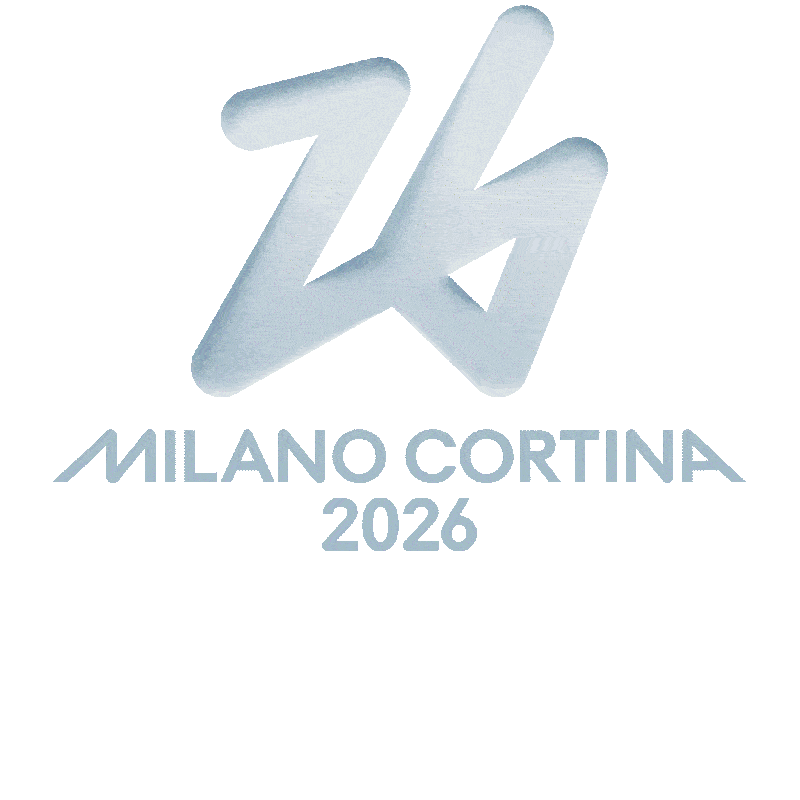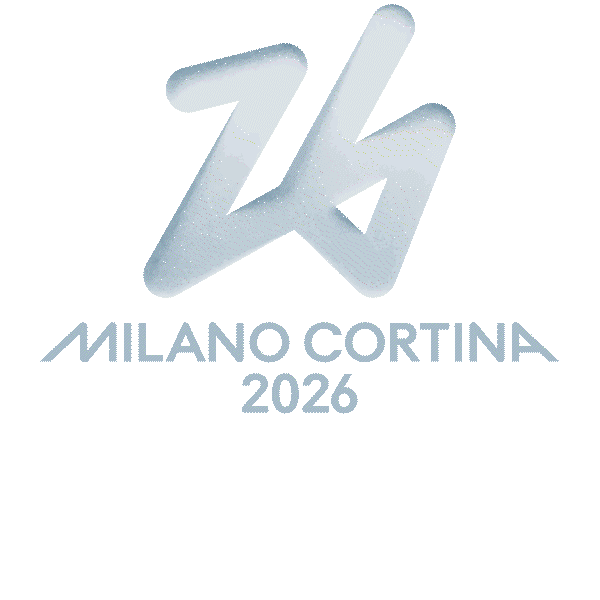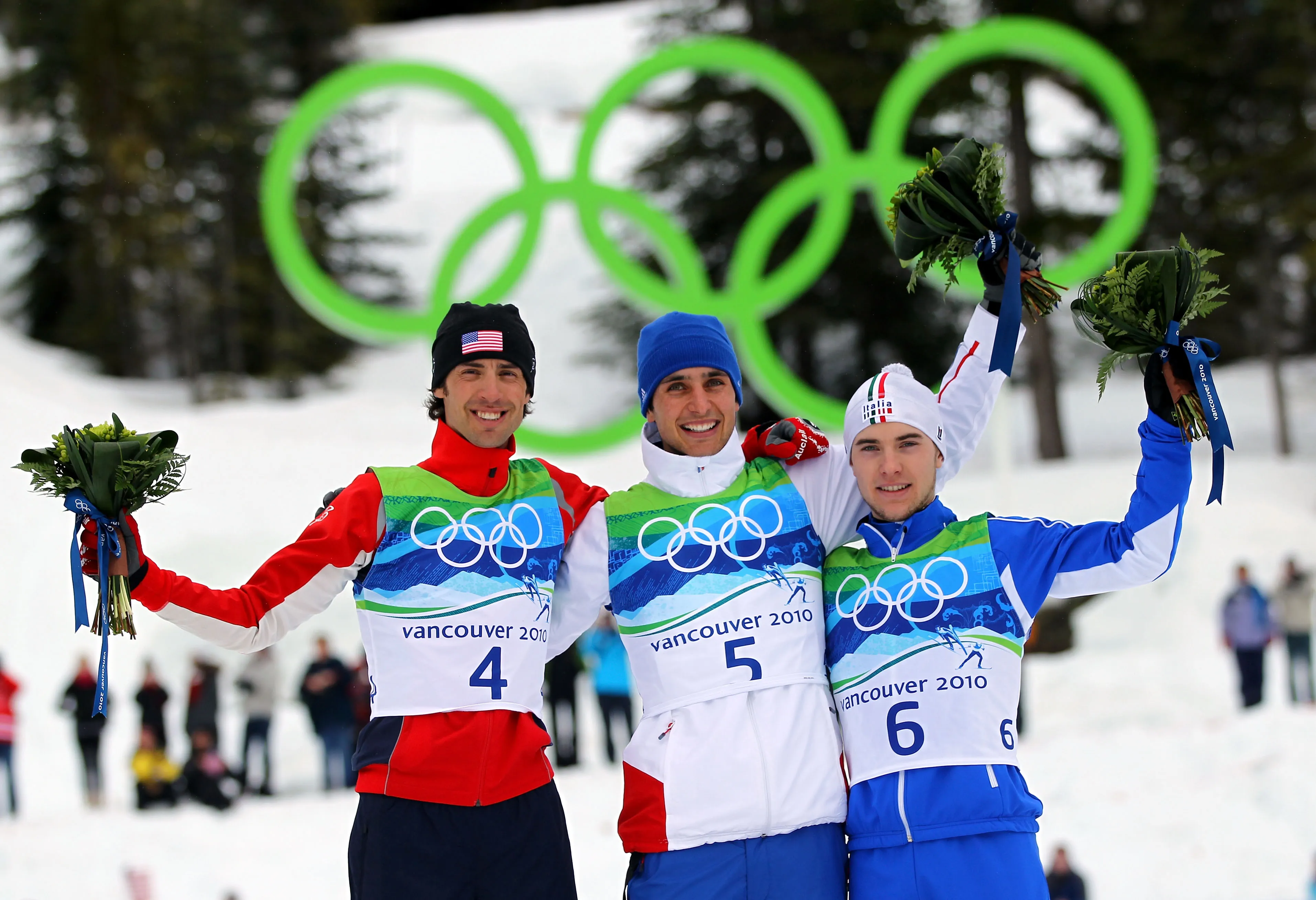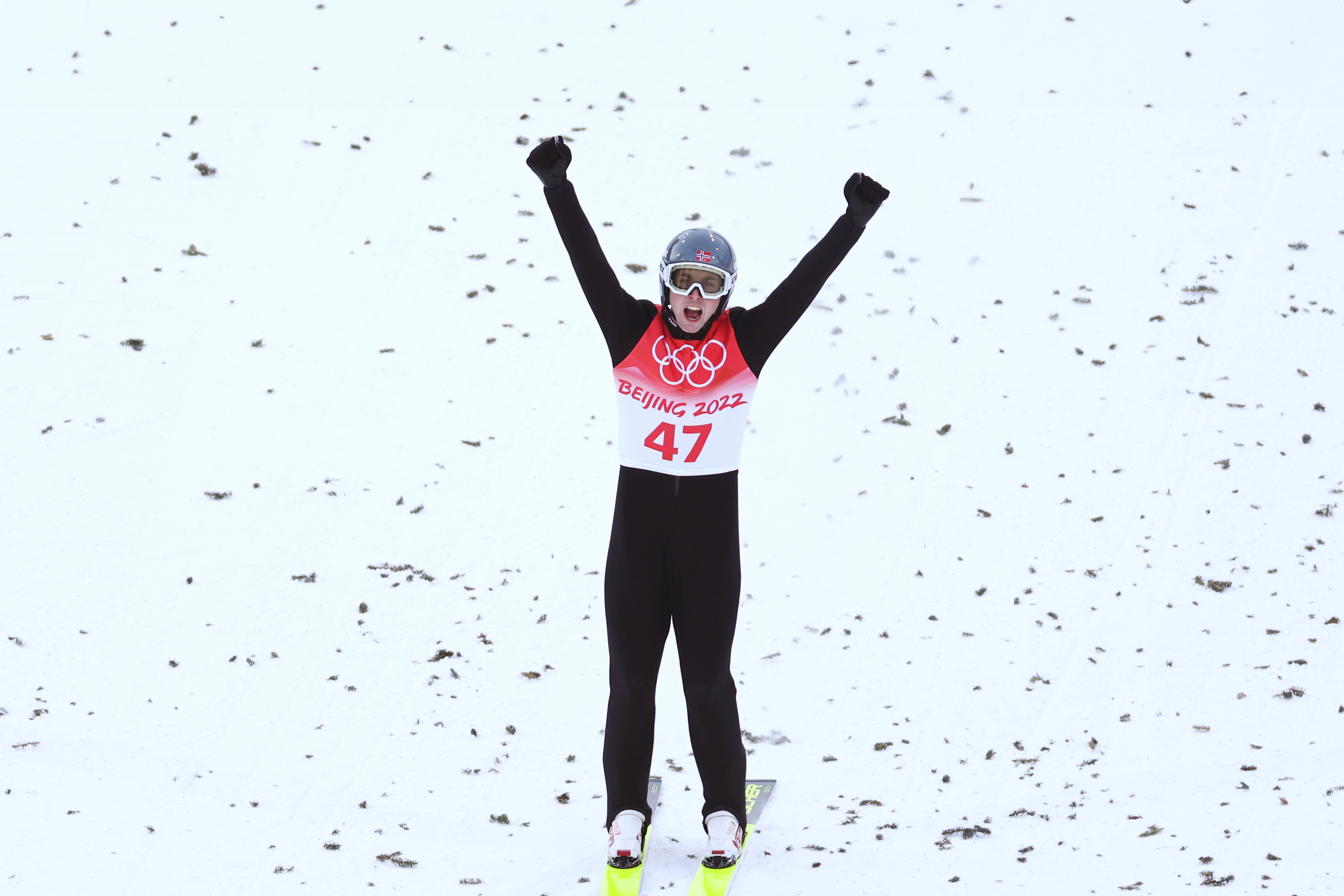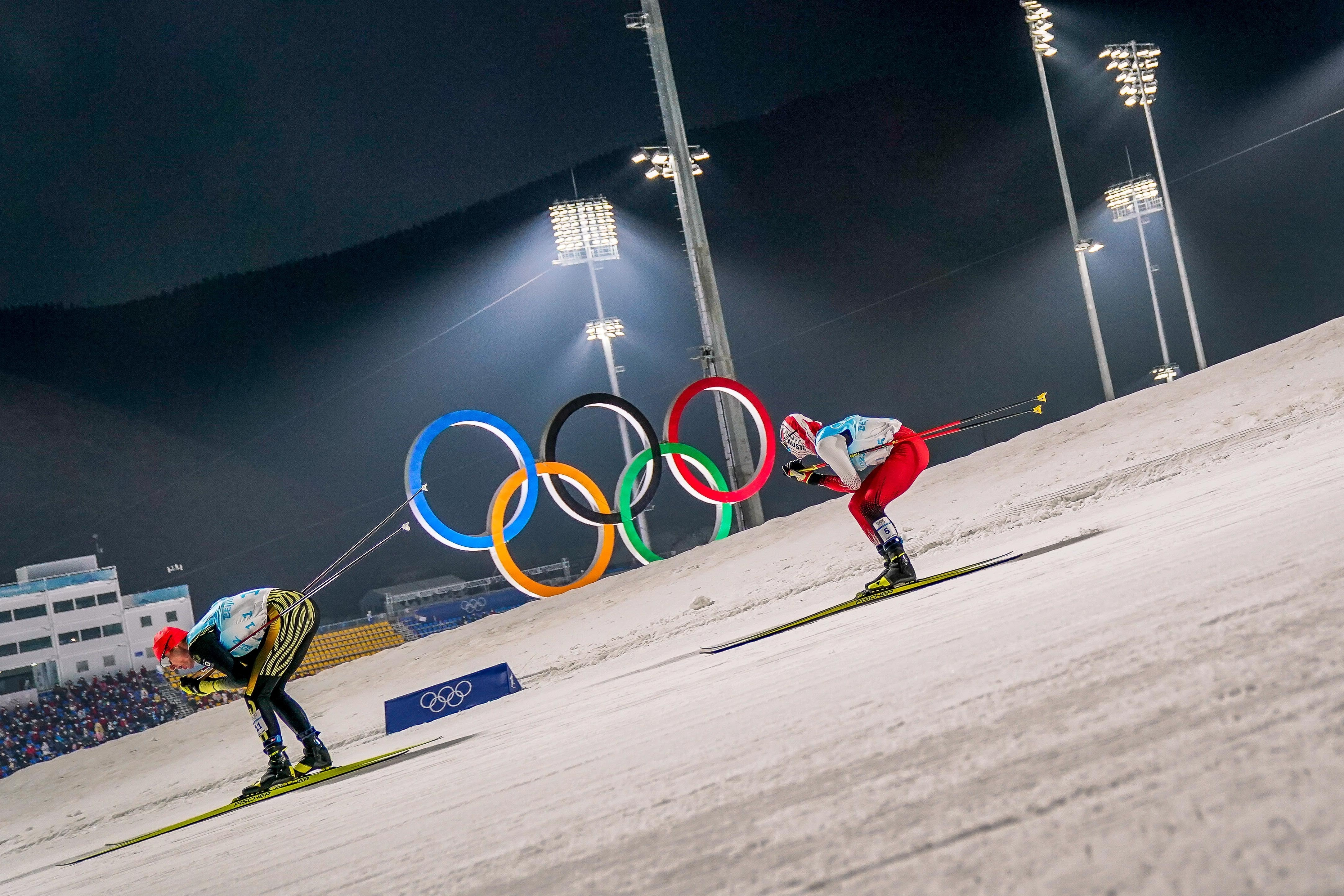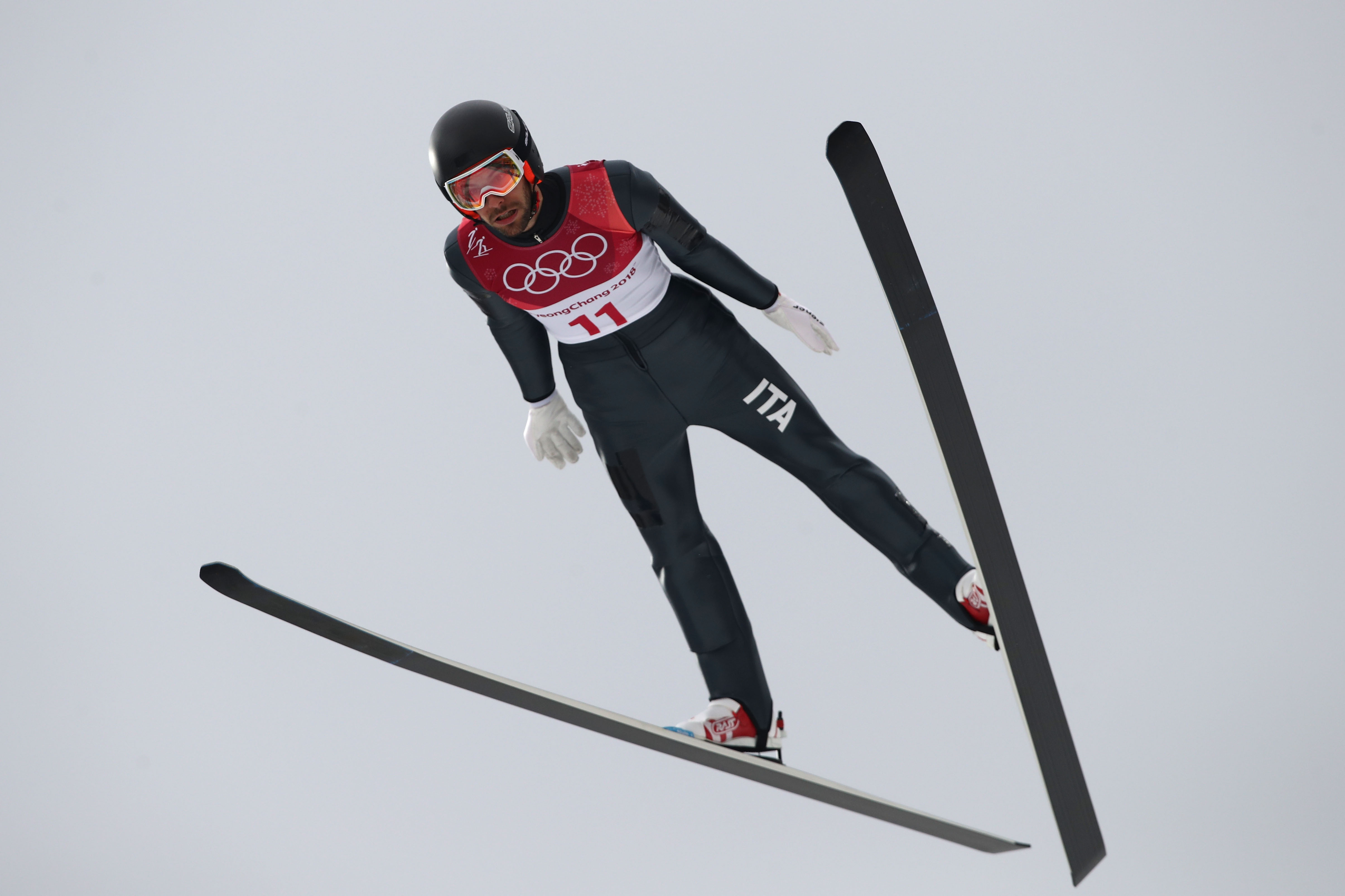Ski jumping and cross-country skiing, scores and time trial: let's introduce the most double-faced discipline of the Olympic Winter Games Milano Cortina 2026
Nordic Combined is designed to create exciting endings with two different sports such as ski jumping and cross-country skiing, joined together to boost the adrenaline to the top.
Nordic Combined has a rich history and an exciting future ahead of the Olympic Winter Games Milano Cortina 2026. A complex and dynamic sport, with events that are a unique blend of athleticism and strategy.
From the origins of Nordic Combined in the snowy landscapes of Scandinavia, to its evolution into a highly competitive international event, we will explore the key elements that make this discipline truly unique, by discovering the secrets behind the jumps, the gruelling competitions and athletes who push themselves beyond the limits of what's humanly possible.
Whether you are a winter sports enthusiast or just curious, get ready to be fascinated by the exciting world of Nordic Combined, together with Fan26!
Basic rules
Nordic Combined is a sophisticated art, which requires a combination of athletic ability, technique and tactics. The rules have been fine tuned over the years to ensure a fair and exciting competition. In its modern form, it takes place in two stages: a ski jumping and a cross-country skiing competition. At the Olympics, these competitions are men's only, and can be individual or team.
To excel in this sport, athletes must be athletically complete and possess extraordinary stamina. Training requires a mix of general and discipline-specific physical preparation, in which athletes engage in long sessions on the ski slopes, combining ski jumping exercises and cross-country skiing.
Endurance is crucial in Nordic Combined, as athletes must be able to sustain intense exertion for the entire cross-country skiing competition. In addition, strength and coordination are important to perform perfect, controlled jumps.
Competitions consist of a jumping event and a 10 km cross-country race. The two competitions differ in the hill employed (Normal Hill or Large Hill), while the distance in the cross-country remains the same.
In the team event, two athletes from each nation compete against the other teams. Everyone makes one jump from the large hill and the team's total score determines the starting order of the 2x7.5 km relay cross-country event: the distance jumped is converted into seconds in the starting order.
Competitions in Milano Cortina 2026
Fans will be able to attend three men's events:
- Individual Gundersen NH Normal Hill/10 km
- Individual Gundersen LH Large Hill/10 km
- Team race Gundersen LH Large Hill/2x7.5 km
So, what does “Gundersen” mean? This word never fails to arouse curiosity, and it refers to the “Gundersen method”, a system for calculating jump points developed by Norwegian Gunder Gundersen.
The jump score is determined by the size of the jump (2 points per metre for the normal hill, 1.8 points per metre for the large hill) and the style (formally from 1 to 20 points, but normally no style score is less than 7. There are 5 judges, and the highest and lowest scores are not considered in the scoring system). The starting order for cross-country skiing is determined by the ski jumping results: jump scores are converted into time penalties. This conversion of scores into time penalties depends on the type of event, e.g. for the individual jump 15 points = 1 min. The ski jumping winner starts first in the cross-country race. The first athlete to cross the finish line in the cross-country race wins the competition.
The jumping phase
As with ski jumping, the length of a ski jump is not calculated by measuring the structure, but rather the distance between the start and a point on the slope downstream of the hill.
There are two points: the K-Point (from the German K-Punkt, short for Konstruktionspunkt, “construction point”), which is the inflection point of the slope where the athletes’ landing can begin. It is expressed in metres and the measurement indicates the distance from the starting position to point K; the HS-point (hill size) is the point on the slope at an angle of 32° to the horizontal line. Here too, the measurement is in metres and indicates the distance from the starting position. The K-point was used to classify the hills until 2004, and was later replaced by the HS-point.
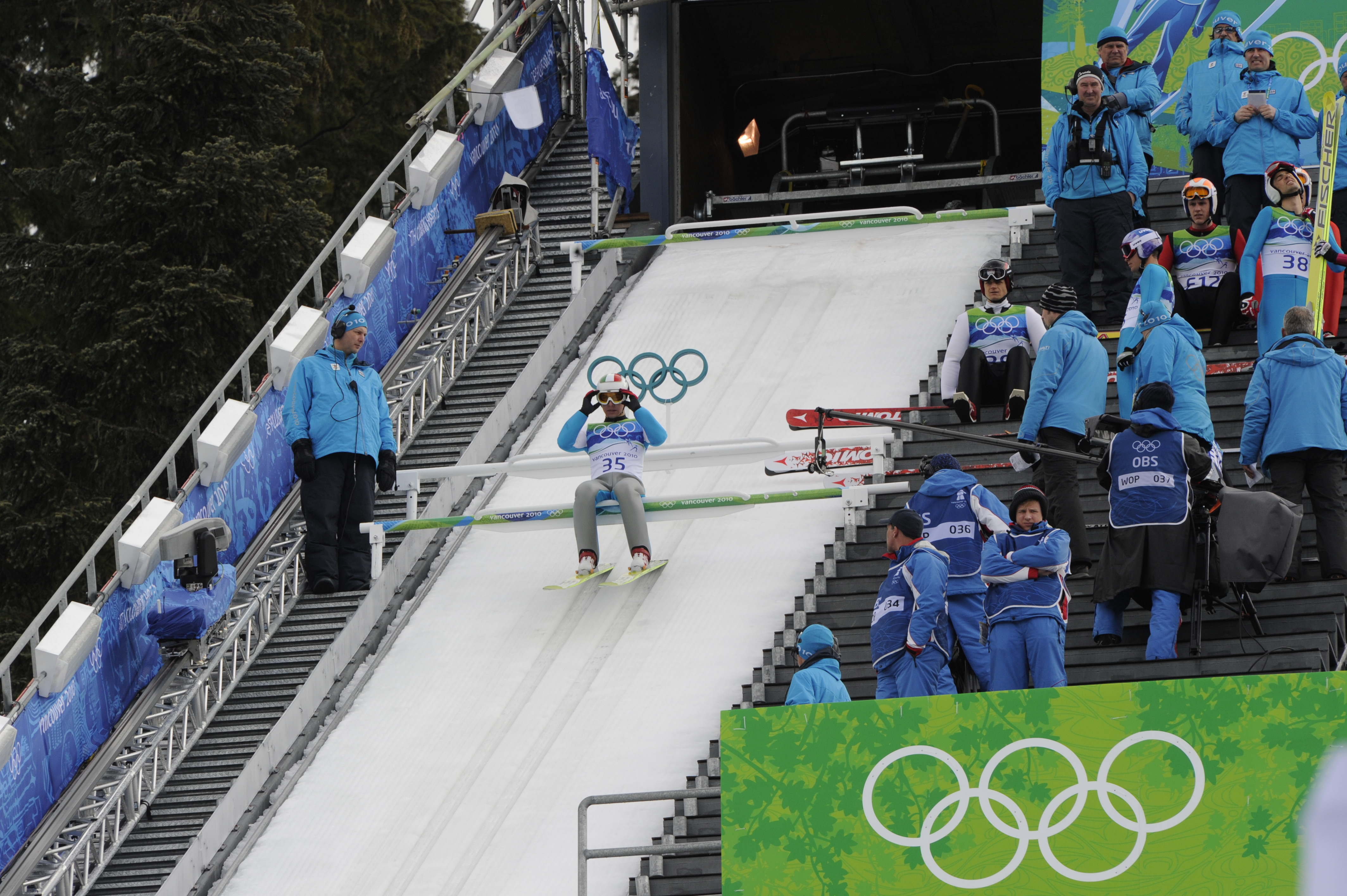
Alessandro Pittin, Italy, Nordic combined, Olympic Winter Games Vancouver 2010
Val di Fiemme: the Italian heart of the Nordic Combined
In 2026, Nordic Combined competitions will be held in Val di Fiemme: cross-country skiing in Tesero and ski jumping in Predazzo.
Val di Fiemme was the first location south of the Alps to host a Nordic World Ski Championship. That was in 1991, and from then on, Tesero became one of the reference points for international Nordic skiing, thanks, above all, to the Centro di Fondo di Lago, which guarantees excellent conditions, with its highly skilled and specialized organizers.
Some indelible pages of the Cross-Country Skiing World Cup, and more recently the Tour de Ski - an event of which Val di Fiemme has been a fixed and final stop since the first edition - have been written on the Tesero slopes.
While Predazzo and ski jumping are linked by more than four decades of history, three Nordic World Ski Championships, and a long tradition of World Cup competitions. The Ski Jumping Stadium is one of the symbols of the most populous town in Val di Fiemme, an area that has always been linked to the world of sport.
Two of the most fascinating and historically rich venues in the entire Olympic panorama are ready to welcome enthusiasts and new fans alike, for spectacular events, in the sign of adrenaline and excitement that only the Olympic Games can provide!
You wouldn't want to miss this one-of-a-kind show, would you? Click on the ticketing button on our website and enter the draw to secure the best tickets.

